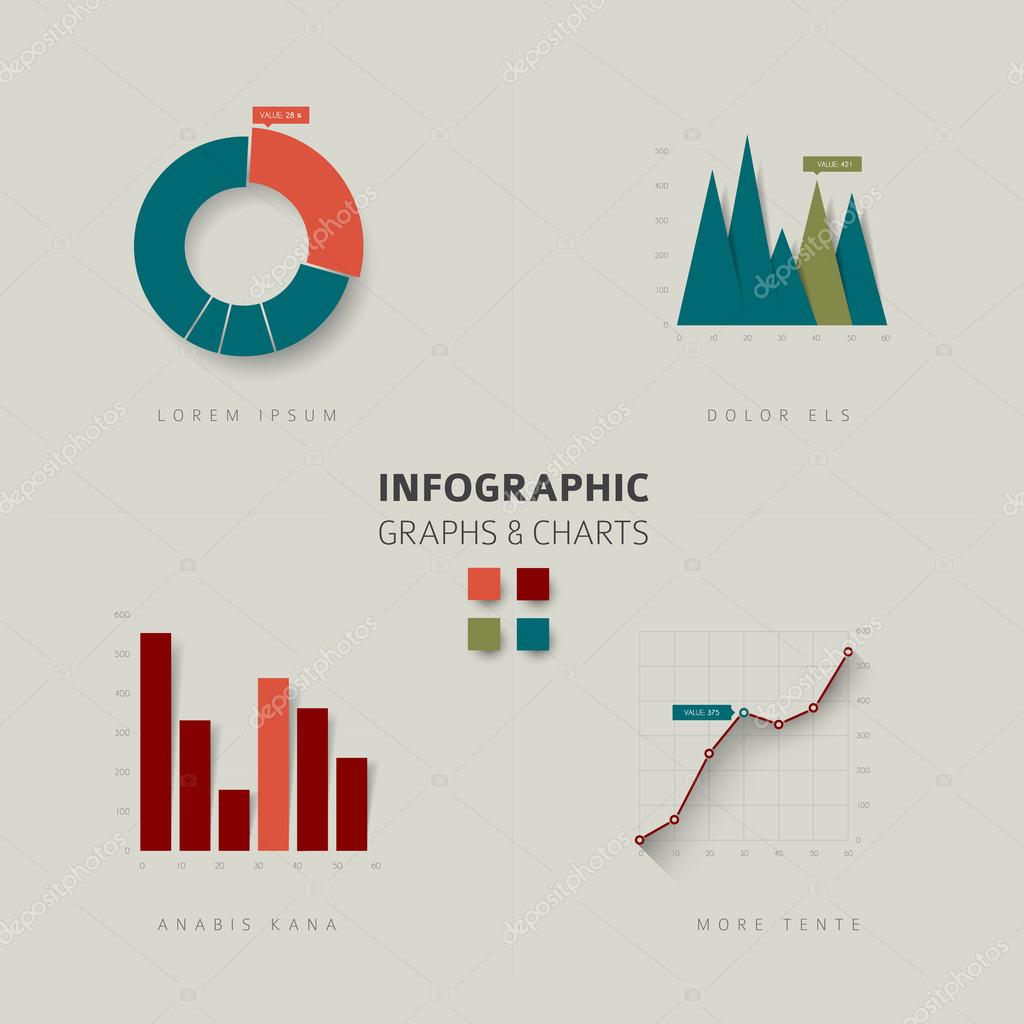
It is for these reasons that annotations are a standard inclusion for pie charts. Furthermore, if the slice values are meant to depict amounts rather than proportions, pie charts typically lack the tick marks to allow for estimation of values directly from slice sizes. It is actually very difficult to discern exact proportions from pie charts, outside of small fractions like 1/2 (50%), 1/3 (33%), and 1/4 (25%). Alternatively, some tools can just work with the unaggregated data as in the below table, essentially performing the aggregation into the table above at time of pie chart creation.īest practices for using a pie chart Include annotations Usually, the total does not need to be specified separately unless it is to be listed somewhere else on a generated figure. Dividing this total by an attribute like user type, age bracket, or location might provide insights as to where the business is most successful.ĭata for a pie chart can be summarized in a table like the above, where the first column indicates a category, and the second the proportion, frequency, or amount of that category. For example, we might be interested not in the number of transactions, but the monetary total from all transactions. guest, new user, existing user).Ī second type of ‘whole’ is when the total is a sum over an actual data variable. Examples of this include votes in an election divided by candidate, or number of transactions divided by user type (e.g. First of all, is when the ‘whole’ represents a total count. The values that comprise a whole and the categories that divide the whole generally come in two major varieties. If the above points are not satisfied, the pie chart is not appropriate, and a different plot type should be used instead. Your primary objective in a pie chart should be to compare each group’s contribution to the whole, as opposed to comparing groups to each other. In order to use a pie chart, you must have some kind of whole amount that is divided into a number of distinct parts. Pie charts have a fairly narrow use-case that is encapsulated particularly well by its definition.

The annotations in the upper right give us a more precise judgment of the proportions, but the pie chart tells the overarching story of where the votes fell. Chu (yellow) is in second, with about a third of the votes, while Williams (purple) is last, with about a fifth of the votes. We can see that Reyes, represented by the first blue slice, has just less than half of the votes.
The pie chart above depicts the distribution of votes for a fictional election for a small city. Each categorical value corresponds with a single slice of the circle, and the size of each slice (both in area and arc length) indicates what proportion of the whole each category level takes. What is a pie chart?Ī pie chart shows how a total amount is divided between levels of a categorical variable as a circle divided into radial slices.
#Stock icons graphs charts and statistics how to
In this article, you will learn how to best use this frequently-misused chart type.

Despite often being maligned, the pie chart remains a very commonly-seen chart type.


 0 kommentar(er)
0 kommentar(er)
